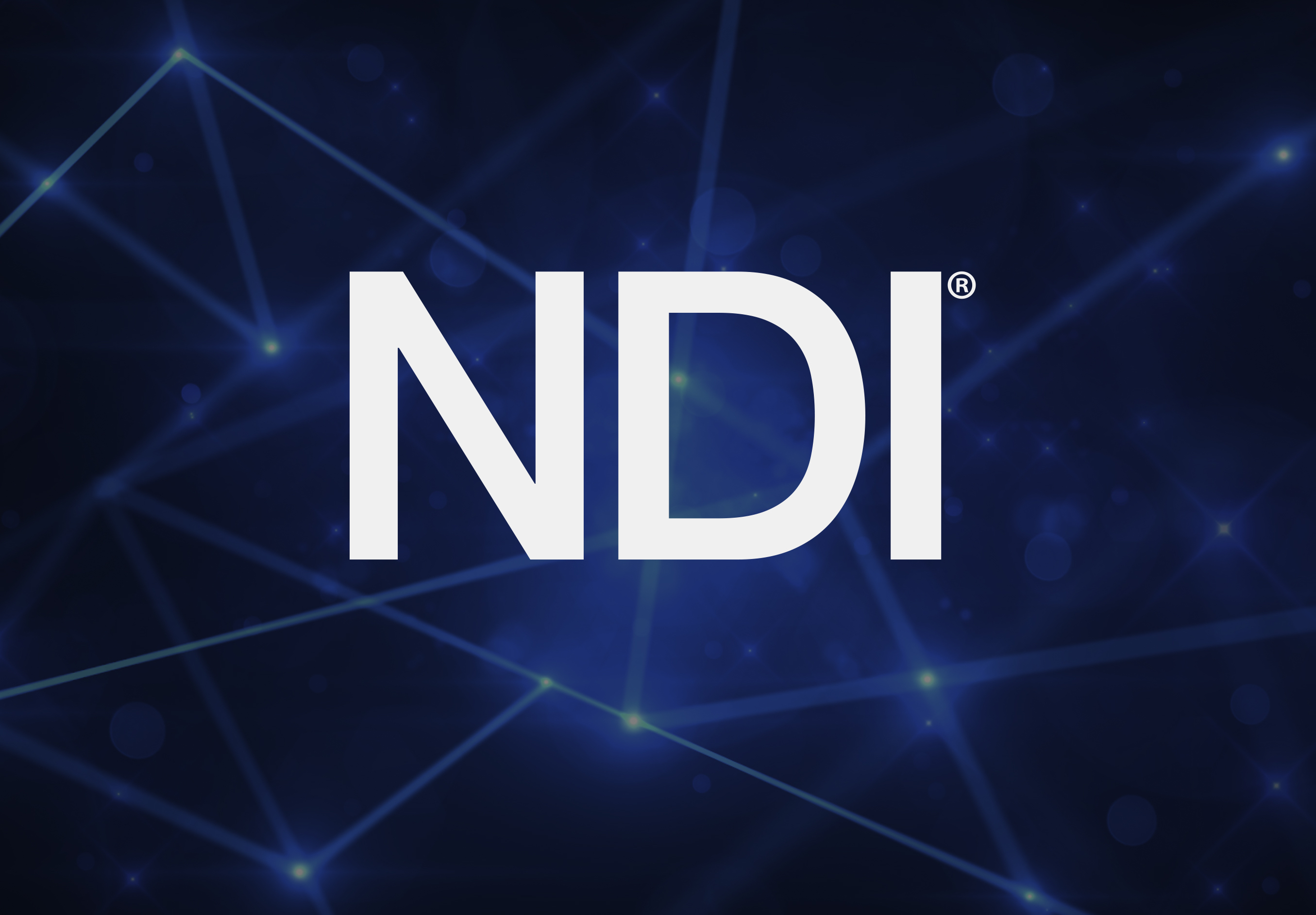Continued Development Expands NDI Reach

NDI –the open protocol NewTek developed to enable sharing video across an IP network, and now a distinct brand entity of the Vizrt Group—has evolved since its introduction in 2015 into something far more than an IP transfer mechanism for live production, says Matt Allard, NewTek marketing manager.
Continued developed has propelled the IP protocol into new applications and markets, ranging from multicamera-multilocation live shoots and post production to broadcast, mobile and a slew of Pro AV verticals, such as houses of worship, corporations, government and education, he says.
Join the community for IP production – NDI Central. A curated social media feed in partnership with NewTek.
A couple of things are helping NDI to gain traction in Pro AV applications. First, the protocol is software-based. While it can leverage an FPGA designed for it, NDI isn’t dependent upon the presence of special-purpose hardware to work, says Allard. That contrasts with other IP standards used to transport media in AV applications that require a hardware implementation.
(Allard notes this is also a difference between NDI and broadcast IP protocols that are dependent on having the right transmitters and receivers in place.)
Second, NDI may be a bit more robust than other IP protocols in use for AV applications, he says.
“Pro AV was very much more distribution-oriented, so more unidirectional,” says Allard. “Whereas NDI is much more bidirectional and multistream, so it is a little bit more robust.”
The professional video industry's #1 source for news, trends and product and tech information. Sign up below.
At the 2019 NAB Show in April, NewTek announced NDI 4.0, which expands the scope of the protocol beyond IP transport to enable recording.
When available, NDI 4.0 will make it possible for developers to wrap an NDI stream on the fly in a .MOV wrapper, says Allard.
“That makes it possible to lay it to any type of storage mechanism so I can archive it, store it, and of course, reuse it,” he explains.
This, combined with NDI’s new import tool for Adobe Creative Cloud, means Adobe Premiere users can import NDI content, store it in their bins and pull files directly onto their timelines to begin editing just as they would with any other type of media file, he says.
When they are recorded, NDI files pick up a computer time tamp for every frame –an “interesting twist,” in the words of Allard.
“If you have been recording multiple files and they are timestamped when you bring them into Premiere and lay them on the timeline they are synced up without the need for extra software,” he explains.
NDI uses the timestamp from a simple NTP (network time protocol) server, which makes it possible to sync recorded sources from multiple places and multiple systems, he adds.
Development of the NDI protocol is also keeping pace with the changes in the way people consume content. Specifically, the latest version of the protocol provides for non-traditional video aspect ratios, frame rates and resolutions to support the mobile devices people increasingly use to watch video, he added.
“As pretty much everybody knows mobile is and will become a more important aspect of production—both input and output,” says Allard.
“Now, you are no longer limited to traditional video screens and formats in terms of what you can get in and push out.”
NDI will also highlight support for mobile devices during IBC 2019 at Stand 7.C12 in Amsterdam. (IBC 2019 will be held at the RAI Amsterdam, Sept. 13-17.)
For Additional Resource, click here.
Phil Kurz is a contributing editor to TV Tech. He has written about TV and video technology for more than 30 years and served as editor of three leading industry magazines. He earned a Bachelor of Journalism and a Master’s Degree in Journalism from the University of Missouri-Columbia School of Journalism.

